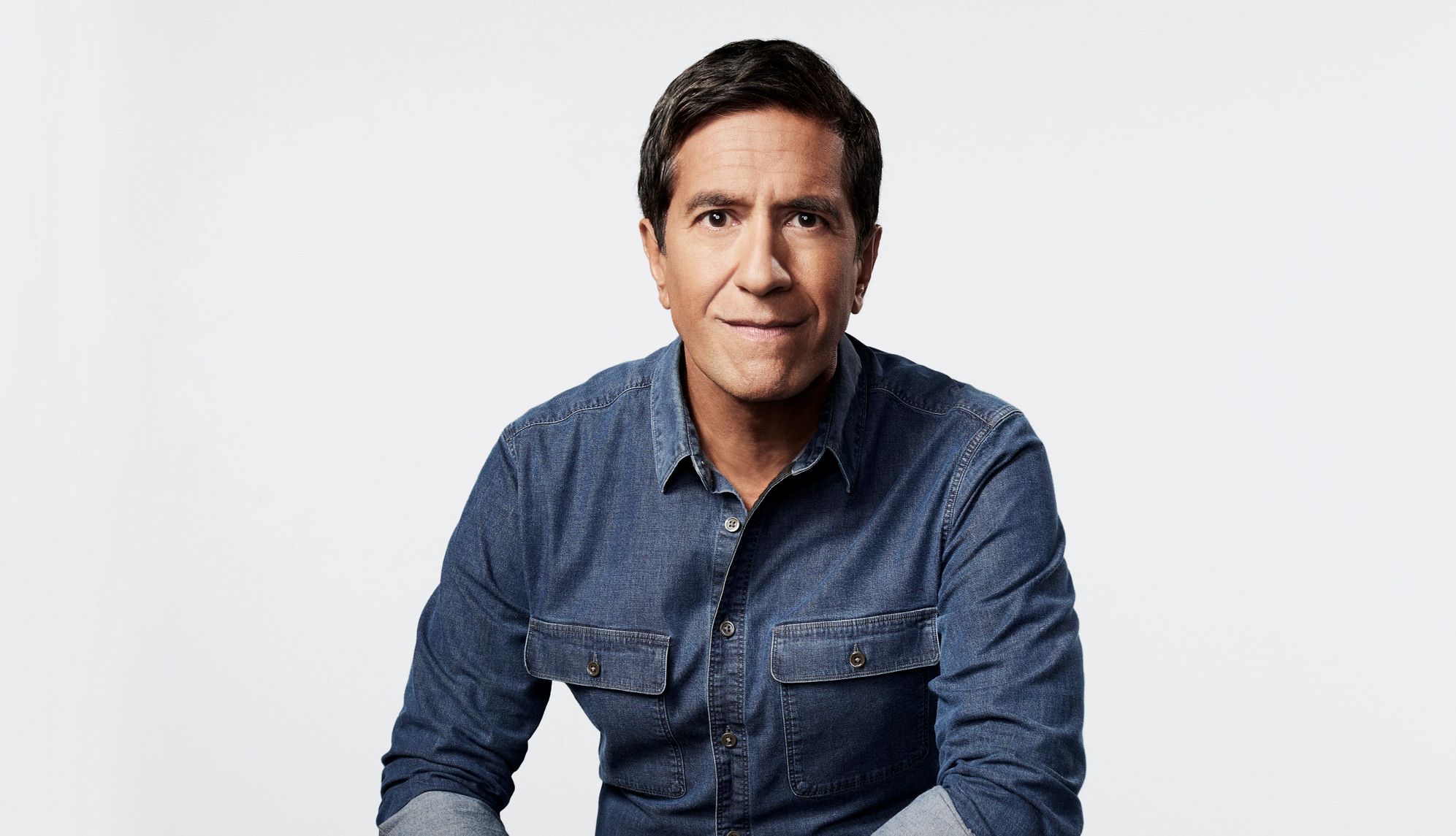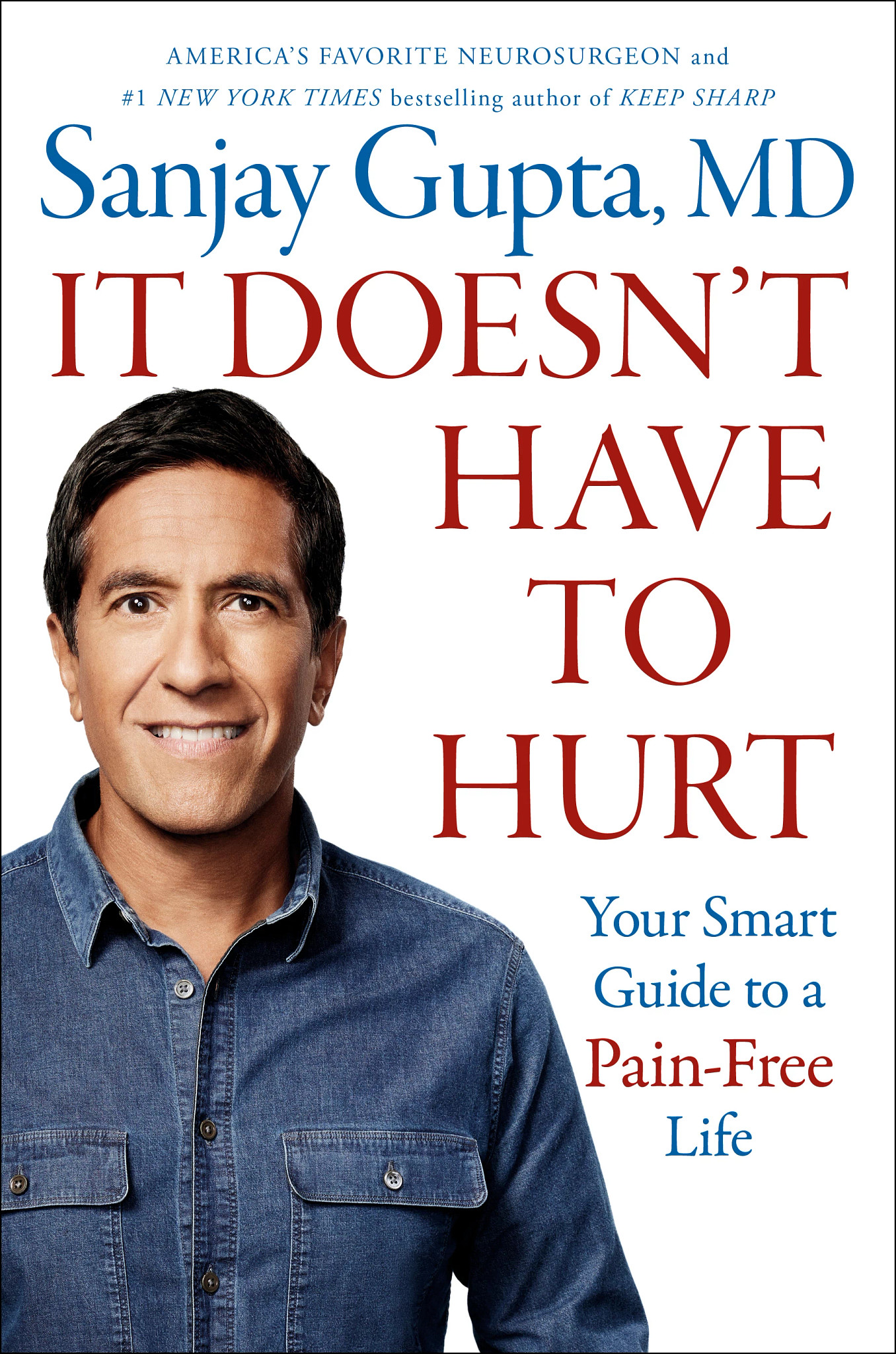Challenges


The secret to overcoming pain, even chronic pain, has been with you all along.
That’s the premise of It Doesn’t Have to Hurt: Your Smart Guide to a Pain-Free Life, a new book by neurosurgeon Sanjay Gupta, M.D., that focuses on the brain — the control center for pain. Armed with better brain health, and a familiarity with mindfulness techniques and the latest findings about pain treatment, you can redirect and manage your pain, sometimes even skipping surgery or addictive drugs, he writes.
“Pain really cannot exist unless the brain decides it should exist,” says Gupta, a faculty member at Emory University School of Medicine in Atlanta as well as a bestselling author, host of the podcast Chasing Life, and the Emmy-award winning chief medical correspondent for CNN. He refers to pain as “a warning signal on the dashboard.” But the warning signal’s not the problem; it’s telling you something else is going on.
Let’s say you slam your finger in the door. Whether your brain registers the injury as pain depends on all kinds of factors, ranging from your health to your mood to the weather, Gupta says. “And I think even more surprising is that the brain can create pain when nothing has happened and can even create pain in a place of the body, like an amputated limb, that doesn't even exist anymore.”
Gupta’s book, coming out in September, explores tactics that we can use to help our brains and bodies build pain defenses. His research took him from university lab researchers to alternative treatment practitioners to doctors and patients, leaving even him surprised at the complexities of the brain’s relationship with pain.
Here are five findings that surprised Gupta and made him feel hopeful.
1. A healthy brain deals better with pain.
With a couple of additions, the same brain health tips he talks about in Staying Sharp and in his 2021 book, Keep Sharp: Build A Better Brain at Any Age, can help keep pain at bay. Gupta offers seven “reset strategies for pain-smart living,” including regular exercise; good sleep habits; healthy eating; socialization; “minding your brain” through techniques like mindfulness and psychotherapy; “befriending your body” via massage and traditional healing approaches, such as acupuncture; and learning to savor life’s positive experiences.











.jpg?crop=true&anchor=0,11&q=80&color=ffffffff&u=k2e9ec&w=1356&h=2025)



More From Staying Sharp
6 Habits to Support Your Brain Health
Your daily actions can add up
A Focus on Brain Health for Caregivers
The Rogens share their experience caring for a parent with dementia
Your Brain on Sleep
Watch and see how getting enough zzz's may benefit your brain